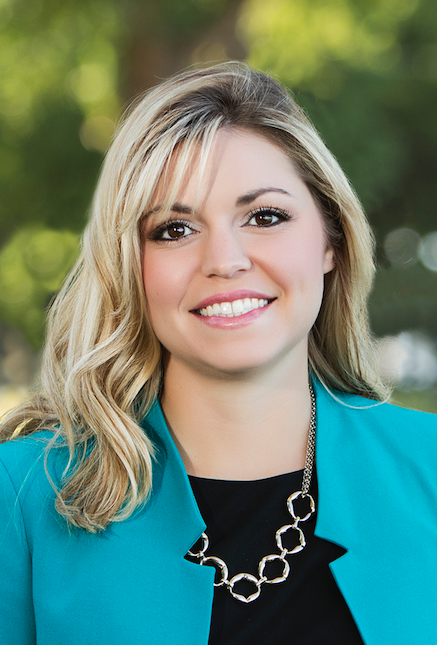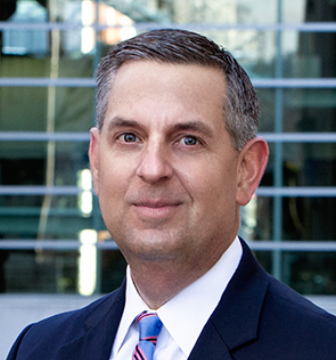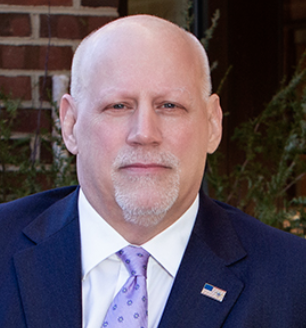After nearly a year of crushing pandemic-related shutdowns and business interruptions, companies facing serious financial challenges are beginning to see the light at the end of the COVID-19 tunnel. Vaccine distribution is underway, and the latest round of Paycheck Protection Program (PPP) funding is here. That funding is part of the Economic Aid to Hard-Hit Small Businesses, Nonprofits, and Venues Act, which reauthorized the PPP from the CARES Act that ended in August 2020. The original CARES Act funding provided a total of $669 billion. The new COVID-19 relief bill allocates an additional $284 billion and has dual goals: to provide relief to small businesses that did not get it in the first round, and to allow additional funding for businesses that did obtain first-round loans. PPP loans typically are made with 1 percent interest and may be forgiven under certain circumstances. The program could once again mean “free money” for qualifying businesses. And at a time like this, who wouldn’t love to get their hands on free money?
As attractive as that prospect may be, reasonable caution is in order because this “free money” comes with significant strings attached. After the cash grab that was the first round of loan distribution, watchdog groups and enforcement agencies have uncovered significant PPP fraud, waste, and abuse. In October 2020, the House Select Subcommittee on the Coronavirus Crisis found that a considerable amount of PPP dollars went to large companies that had pre-existing relationships with big banks and, as a result, many genuinely small businesses were left out in the cold. Thus, loans made during this next round are likely to draw closer scrutiny. This article will outline the general eligibility requirements for the latest round of PPP funding and offer some advice for small businesses interested in taking advantage of the program, which is going to be a primary focus of fraud enforcement in 2021 and beyond.
Eligibility depends on first-round loan recipient status and revenue loss.
Businesses can take advantage of PPP funds by obtaining loans from the U.S. Small Business Administration (SBA) Preferred Lending Partners (PLPs). Congress appropriates and the Treasury doles out funds to these PLPs for distribution to eligible businesses. The funds are first come, first served, and each lender has its own application process. Some have an online form that can be filled in and submitted with supporting documentation loaded as part of the online submission. Others simply require supporting documentation be emailed to a loan officer who then determines eligibility. The lenders using an online form typically embed links to SBA forms that contain instructions and definitions. One thing is consistent: no matter what format is used by the lender, the SBA requires more than a dozen certifications by the borrower.
Those certifications will form the basis for investigations and prosecutions down the road. By signing, applicants affirm they understand the application and meet eligibility requirements, including length of operations, proper use of funds, economic necessity, criminal history, and more. With such a wide-ranging program, the huge amount of money being doled out, and the extraordinary scrutiny on all things pandemic, the effort to ferret out and punish PPP fraud will be long-ranging and have low thresholds.
Basic eligibility requirements for the maximum $2 million second-round loans depend on whether a first draw was obtained. First-time borrowers must have fewer than 500 employees (or be a food service or hospitality business with fewer than 300 employees per physical location); be a small business, 501(c)(19) veterans’ organization, tribal business or small agricultural cooperative that meets the SBA’s size standards; be a sole proprietor, independent contractor, or self-employed.
Previous PPP recipients must have fewer than 300 employees; have already used the full amount of their first draw; and demonstrate a 25 percent reduction in gross revenue from any quarter in 2020 compared to the same quarter in 2019. As with the first round of PPP funds, qualified businesses can obtain loans up to 2.5 times their average monthly payroll costs. Hospitality and food service businesses can receive up to 3.5 times average monthly payroll costs. Quite simply, if business revenue declined at least 25 percent between the same quarters of 2019 and 2020, the business is eligible. For many businesses that had to close because of a governmental shutdown order, that benchmark will be easy to hit.
For a Schedule C business with no employees, eligibility can be determined by simply taking the number from Line 31 of the 2019 Schedule C, dividing by 12 and multiplying by 2.5. Other business structures, such as seasonal or farming operations, are a bit more complicated. These business owners should consider seeking expert assistance to determine eligibility.
Once a lender makes a preliminary eligibility determination, the package is submitted to SBA for a PLP number (which is keyed to an EIN or SSN and helps prevent multiple applications by one business through different lenders). Once that clears SBA, the ball is back in the lender’s court. At that point, the lender prepares to make a loan just as any other business loan and might require additional certifications. Both the eligibility and loan closing certifications provide a field ripe with possible fraudulent and false statements.
The federal government is dedicating an increasing number of resources to PPP fraud enforcement.
When the pandemic hit just one year ago and the federal government quickly recognized the need for financial help for struggling Americans, one of the first things the Department of Justice (DOJ) did was establish a national COVID-19 Fraud Task Force. Every one of the 94 U.S. Attorney’s Offices across the country was directed to designate a COVID-19 fraud point of contact who would manage the investigations stemming from complaints about fraud.
At the same time, DOJ formed a national Hoarding and Price Gouging (HPG) Task Force, again requiring a point of contact in every U.S. Attorney’s Office. More specific than the COVID-19 Fraud Task Force, the HPG mission was to aggressively combat hoarding and price gouging related primarily to Personal Protective Equipment. Think of the many times we all heard about hand sanitizer and masks being priced through the roof. With that dust settling significantly, it should come as no surprise that the DOJ’s focus has shifted to PPP fraud. And that makes a lot of sense. The pandemic has wreaked havoc on the pockets, nest eggs, and life savings of many Americans, so scrutiny of and accountability for the billions of dollars of public money doled out is a no-brainer.
The DOJ isn’t going it alone on this one. Section 4018 of the CARES Act created a new, limited purpose Special Inspector General for Pandemic Recovery (SIGPR) within the Department of the Treasury Office of Inspector General. While SIGPR has a specific mission related to Division A of the CARES Act involving funds dedicated for emergency relief to distressed industries such as airlines and businesses important to maintaining national security, the early steps taken by the SIGPR provide a window into what businesses may expect in the enforcement realm going forward.
The SIGPR quickly created Memorandums of Understanding (MOU) with several U. S. Attorney’s Offices to share information and institute a streamlined enforcement process. The most recent MOU was announced by the USAO for the Middle District of Pennsylvania in Harrisburg on January 21, 2021. Acting U.S. Attorney Bruce D. Brandler stated:
“This partnership is part of our ongoing efforts to investigate and prosecute the fraudsters who have stolen millions of dollars from government backed relief programs during the pandemic. This is a high-priority area for our office and we look forward to working with SIGPR to hold accountable anyone who illegally profited at the expense of the American taxpayer.” (Emphasis added).
The MOU details the goals of the joint effort: (1) to provide a coordinated response to Cares Act funding fraud; (2) to speed up legal process, case intake and prosecution of CARES Act related fraud; (3) to link and associate CARES Act related complaints with larger schemes and related unlawful activity; and (4) to deter future CARES Act funding fraud by increasing awareness of both criminal and civil enforcement actions.
The USAO will be designating a criminal and civil assistant U.S. attorney to liaise with SIGPR for case-specific inquiries. Moreover, according to SIGPR’s press release, the USAO has been asked to “create a streamlined, accelerated process for SIGPR investigations to obtain preliminary legal process, including grand jury subpoenas and... civil investigative demands.” (Emphasis added). In sum, we can expect these investigations to be dynamic, rapid, and to have deep pockets.
The focus of future PPP fraud investigations is likely to be outright fraud rather than good faith misunderstandings of the program and its requirements and definitions. In fact, a quick internet search produces several news stories regarding individuals currently facing prosecution for allegedly purchasing mansions, luxury cars, and boats with their PPP funds. However, after the instances of overt fraud are rooted out, the government will no doubt turn to more nuanced cases. With that in mind, there are three things all businesses seeking a PPP loan can do right now to protect themselves:
1. Seek help applying as soon as possible;
2. Ensure eligibility is clear and adequately documented; and
3. Spend PPP funds only on qualified expenses and in approved amounts.
Having experienced counsel review PPP applications and ready to quickly respond in the event government investigators come knocking is the best payroll protection any business can obtain. The newly expanded White Collar Defense & Internal Investigations group at McNees – which includes two former federal prosecutors – is uniquely positioned to help.
Published April 9, 2021.






